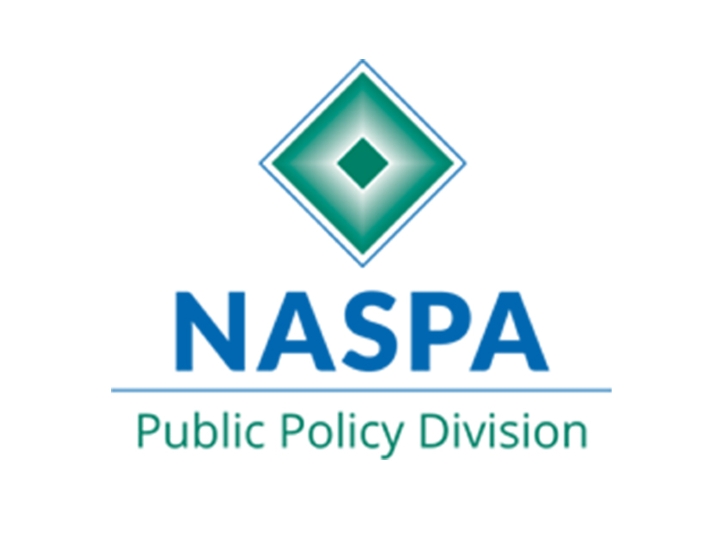
A Final Loan Pause, Debt Cancellation, and Other Important Updates from the Department of Education
Policy and Advocacy Public Policy Division
September 8, 2022
On August 24th, the U.S. Department of Education announced an additional (and final) extension of the student loan pause through December 31, 2022. This is the seventh extension of the loan pause since the Department of Education issued the initial pause in March 2020 at the beginning of the COVID-19 pandemic. For approximately 30 months, the payment pause has suspended loan payments, provided a 0% interest rate, and stopped collections on any defaulted loans for more than 30 million borrowers. This pause has provided significant relief for many and cost an estimated $102 billion based on a July report from the U.S. Government Accountability Office. As borrowers prepare to resume payments in January, it is important to understand the most recent announcement and how it may impact you.
Certain borrowers will be eligible for debt cancellation.
Borrowers with an annual income of under $125,000 (for individuals) or under $250,000 (for married couples/heads of households) who received a Pell Grant in college are eligible for up to $20,000 in debt cancellation. If you are not sure whether you received a Pell Grant in college, you can check byvisiting the Federal Student Aid websiteand logging in to your account. If you met the initial income standards but did not receive a Pell Grant you are eligible for up to $10,000 in debt cancellation.
How do I get the debt cancellation?
The Department of Education has said they will be announcing further details on how borrowers can claim the relief in the weeks ahead; however, two aspects are already known. The Department of Education has indicated that it has the relevant income data for 8 million borrowers, so if you are one of them you will not need to do anything. However, for everyone else, you will need to submit an application with the relevant information once it becomes available later this fall.
Does the Department of Education have the legal authority to do this?
Great question. The Department of Education made available alegal memorandum outlining its authority to take this action. A number of Republican legislators are currently weighing a legal challenge to this plan. This will undoubtedly create uncertainty for borrowers if the debt cancellation plan is thrown into legal limbo. Borrowers will need to stay up to date on any developing litigation as the deadline approaches.
Creation of a new income-driven repayment plan.
The recent update from the Department of Education includes more than proposed debt cancellation. The update included a forthcoming proposed rule to create a new income-driven repayment plan that would cut the required minimum payment from 10% of discretionary income, down to 5% on undergraduate loans. If borrowers have both graduate and undergraduate loans, then the rate will be set at a weighted average rate (the average of the current interest rates on existing student loans, adjusted for how much you owe on each loan). This plan also raises the amount of income that is considered nondiscretionary, which will reduce the average monthly payment for borrowers under this plan. Finally, the proposal would lower the number of years/payments required to receive forgiveness from 20 years, down to 10 years for borrowers with original loan balances of $12,000 or less.
Updates to Public Service Loan Forgiveness
The Department of Education is also proposing permanently expanding which payments qualify for PSLF including partial, lump sum, and late payments. The proposal also includes allowing certain types of deferments or forbearances for programs like the Peace Corps, AmeriCorps service, National Guard duty, and military service, to count toward PSLF. Many of these expanded qualifying options are extensions of the temporary changes announced last year by the Department of Education.
In the months ahead, borrowers will need to look for updates on how to apply for debt cancellation and more importantly whether legal challenges may impact any of the proposed updates. It also appears likely that this will be the final pause for student loan repayments, so individuals will need to prepare to resume making payments in January 2023. To keep up to date on announcements regarding repayment or changes to loan programs, please check the Federal Student Aid website for announcements.
Additional Information: